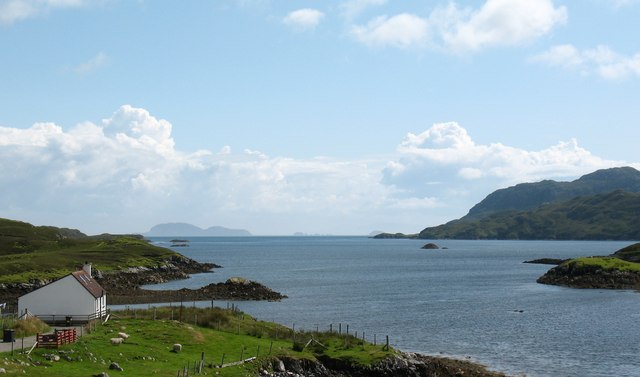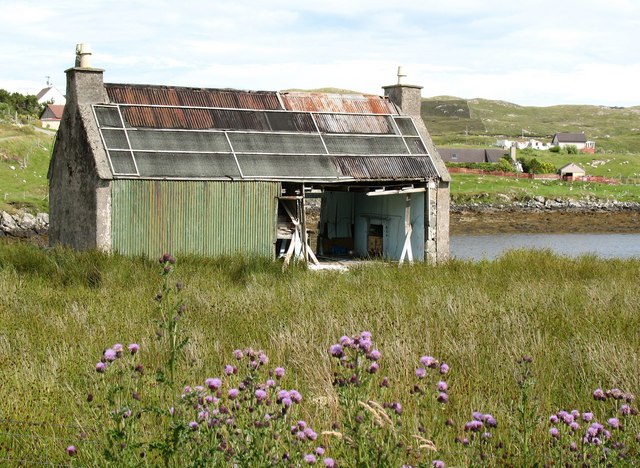Cnoc Mòr
Hill, Mountain in Ross-shire
Scotland
Cnoc Mòr

Cnoc Mòr, located in Ross-shire, Scotland, is a prominent hill/mountain standing at an elevation of 313 meters (1,027 feet). Situated in the Northwest Highlands, it is part of the wider mountain range known as the Ben Wyvis Group. The hill is positioned near the village of Alness, approximately 30 kilometers (19 miles) north of Inverness.
Cnoc Mòr's distinct shape and prominent position make it a notable landmark in the area. Its summit offers breathtaking panoramic views of the surrounding countryside, including the Cromarty Firth and the nearby Fyrish Monument. The hill's terrain is mostly heather-covered, with scattered rocky outcrops and patches of woodland.
Cnoc Mòr is accessible via a variety of walking routes, which vary in difficulty and length. Some paths lead directly from Alness, while others start from nearby car parks or the village of Evanton. The ascent can be challenging, particularly in wet or icy conditions, but the rewarding views make it a popular hiking destination for both locals and tourists.
The hill is home to a diverse range of flora and fauna, including red deer, mountain hares, and a variety of bird species. The surrounding area also contains archaeological sites, such as the remains of Iron Age hut circles and prehistoric settlements, adding historical interest to the natural beauty of the landscape.
Overall, Cnoc Mòr is a picturesque and accessible hill/mountain, offering outdoor enthusiasts the opportunity to enjoy stunning views, diverse wildlife, and a glimpse into the area's rich history.
If you have any feedback on the listing, please let us know in the comments section below.
Cnoc Mòr Images
Images are sourced within 2km of 58.013939/-6.4863481 or Grid Reference NB3511. Thanks to Geograph Open Source API. All images are credited.
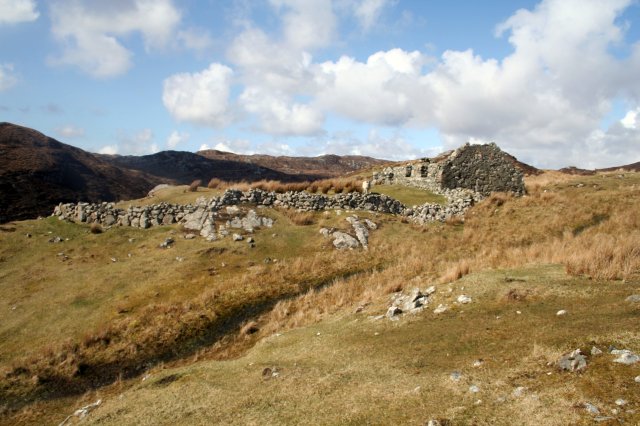
Cnoc Mòr is located at Grid Ref: NB3511 (Lat: 58.013939, Lng: -6.4863481)
Unitary Authority: Na h-Eileanan an Iar
Police Authority: Highlands and Islands
What 3 Words
///vowing.paler.costumed. Near Leurbost, Na h-Eileanan Siar
Nearby Locations
Related Wikis
Stiomrabhaig
Stiomrabhaig is an abandoned crofter's village on the Isle of Lewis in the Outer Hebrides. == History == The United Kingdom Census 1851 shows that the...
Orinsay
Orinsay (Scottish Gaelic: Orasaigh) is a crofting village on the Isle of Lewis in the district of Pairc, in the Outer Hebrides, Scotland. The settlement...
Eilean Liubhaird
Eilean Liubhaird or Eilean Iubhard is an island in the Outer Hebrides, to the east of Lewis. == Geography and geology == The rock is "gneiss bedrock with...
Gravir
Gravir (Scottish Gaelic: Grabhair), is a village on the shore of Loch Odhairn (a sea loch) in the Park district of the Isle of Lewis. Gravir is within...
Park, Lewis
Park (Scottish Gaelic: A' Phàirc), also known as South Lochs, is a huge area of land connected to the rest of Lewis only by a narrow neck between Loch...
Calbost
Calbost (Scottish Gaelic: Calabost) is a village on the Isle of Lewis in the Outer Hebrides, Scotland. Calbost is within the parish of Lochs, and within...
Cabharstadh
Cabharstadh or Caversta (Scottish Gaelic: Cabharstaigh) is a village on the Isle of Lewis in the Outer Hebrides, Scotland. Caversta is situated in the...
Loch Erisort
Loch Erisort (Scottish Gaelic: Èireasort) is an 8-mile-long narrow sea inlet on the east coast of the Isle of Lewis in the Outer Hebrides off the west...
Nearby Amenities
Located within 500m of 58.013939,-6.4863481Have you been to Cnoc Mòr?
Leave your review of Cnoc Mòr below (or comments, questions and feedback).
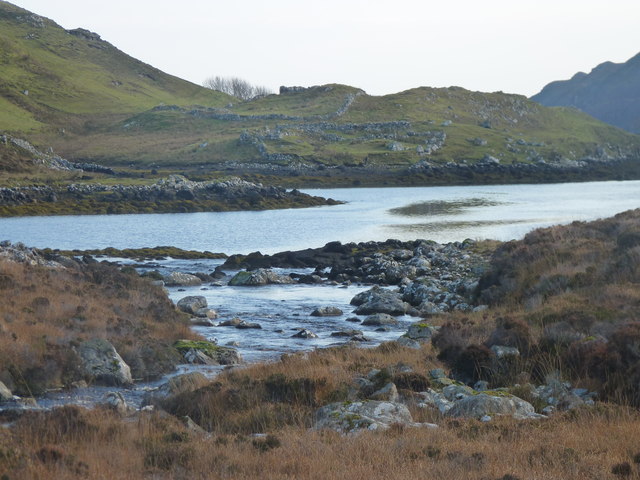
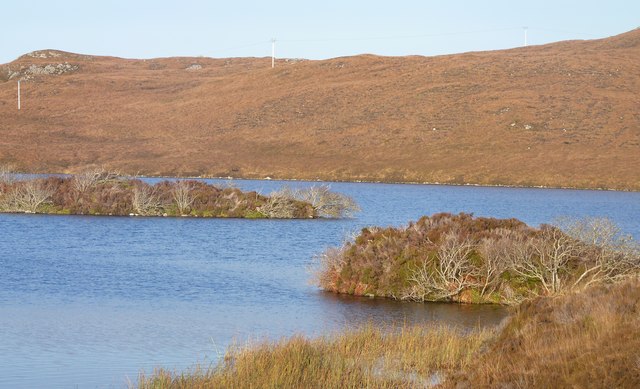
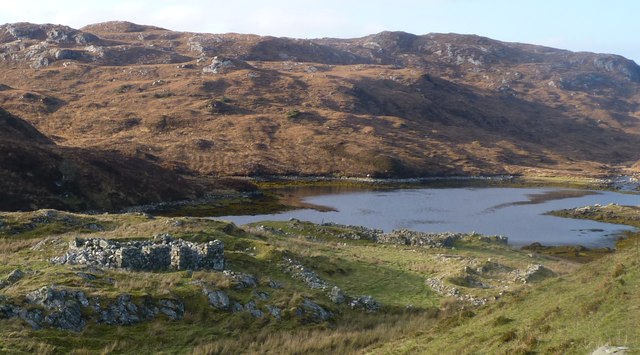
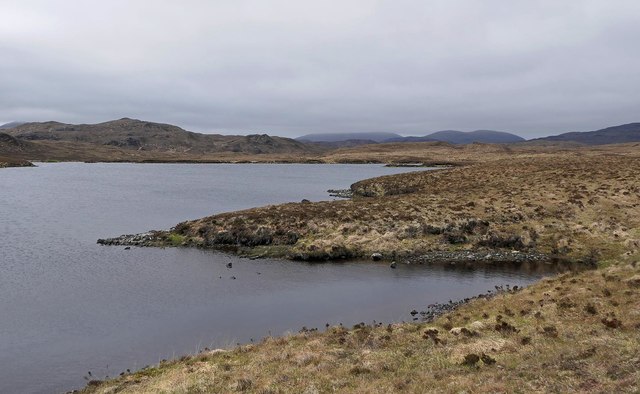
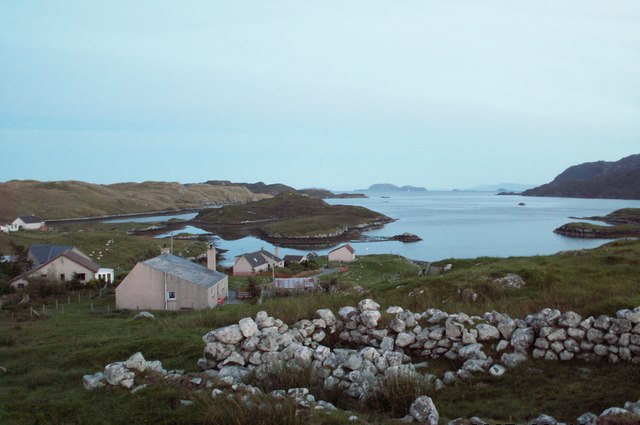
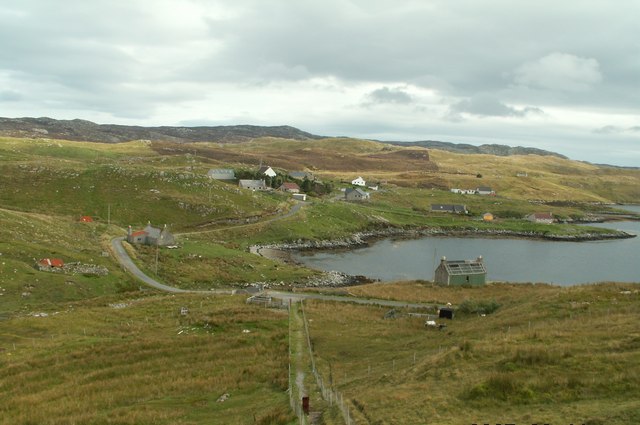
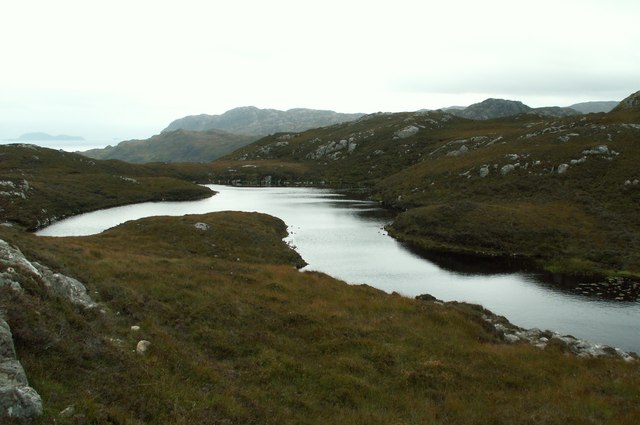
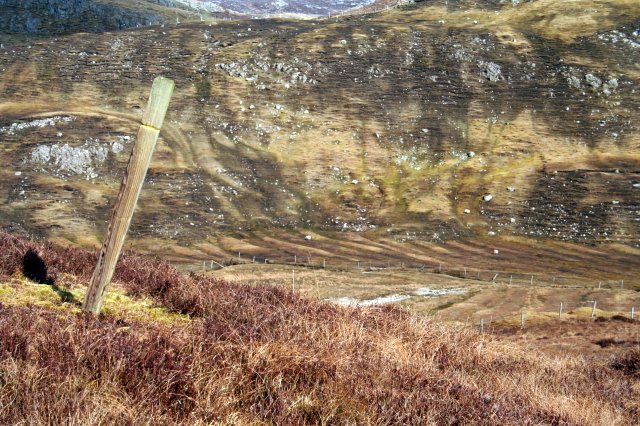
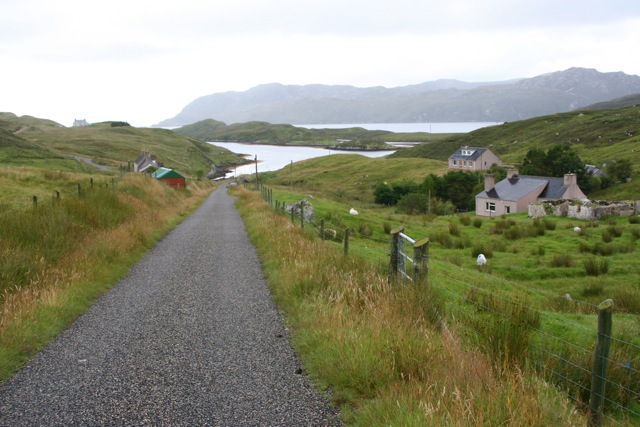
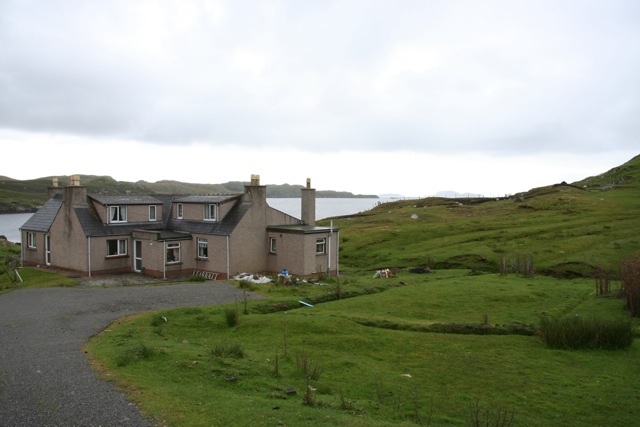
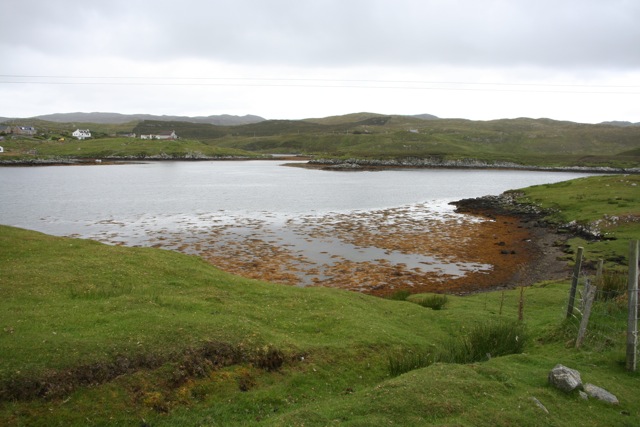
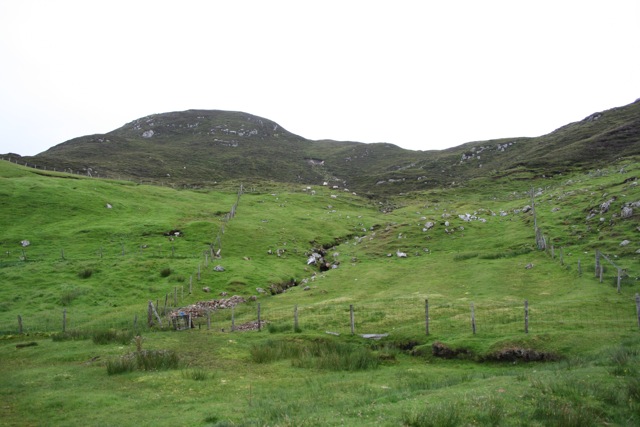
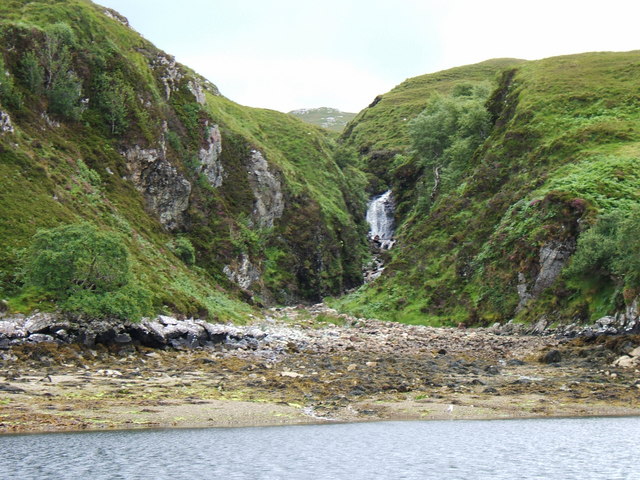
![Coastal view, Orasaigh One would assume that the name 'Orasaigh' refers to the small island [centre left], as well as the community. The island is accessible at low tide, like several Oronsay and Orasay islands around the west coast.](https://s1.geograph.org.uk/geophotos/01/47/41/1474105_b387cda5.jpg)
